The Painting (2011): a beautiful fable about existence | una bella fabula sobre la existencia
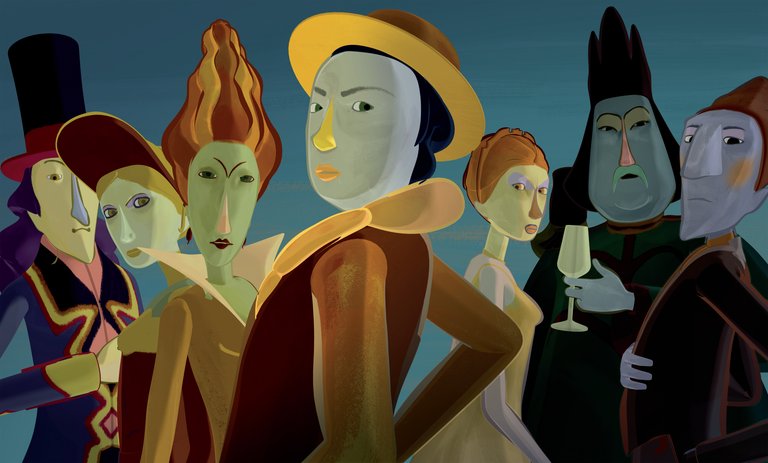
With the large number of film productions that are produced in the world year after year, plus the endless list of films that have already been filmed, released, awarded, forgotten, rescued and restored, it's impossible to see everything you want to see, so that choosing a film within that vast universe is a kind of gamble that often doesn't turn out well. But every once in a while, I wish it were more often, it happens that we see a movie that has been on our list for many years and then we think How have I not seen it before!
Con la gran cantidad de producciones cinematográficas que se producen en el mundo año tras año, más la interminable lista de películas que ya han sido filmadas, estrenadas, premiadas, olvidadas, rescatadas y restauradas, es imposible ver todo lo que uno quiere ver, así que elegir una película dentro de ese vasto universo es una especie de apuesta que muchas veces no sale bien. Pero de vez en cuando, ojalá fuese con más frecuencia, nos sucede que vemos una película que ha estado en nuestra lista desde hace muchos años y entonces pensamos ¡Cómo no la había visto antes!
And that was exactly what happened to me with Le tableau (The Painting), a French animated film, directed by Jean-François Laguionie, co-written by him with Anik Leray and which I had on my list of pending for at least six years. Unforgivable, I know. But how happy I am to have finally seen it. The story begins by literally immersing the viewer inside a painting in which a forest, a garden and a castle can barely be seen in the background and then Lola, our protagonist, appears and gives us a kind of introduction to her world (that is, to the world inside that painting). Within the painting three types of characters (social classes) live, but don't coexist. First there are the Toupins (in English Allduns), who are the characters that have been painted entirely by the painter of the painting and therefore are considered the elite of painting, they live in the castle and try not to mix with the other classes. Then we have the Pafinis (in English Halfies), those who have not been completely painted and therefore don't belong to the aforementioned elite. And finally we have the marginalized ones, the Reufs (Sketchies in English), who were no more than a simple sketch that the painter either didn't color, or forgot to erase. All these characters live inside a painting that is not fully finished because the painter left, no one knows where or for how long.
Y exactamente eso fue lo que me ocurrió con Le tableau (The Painting), una película francesa de animación, dirigida por Jean-François Laguionie, co escrita por él junto a Anik Leray y que tenía en mi lista de pendientes desde hacía por lo menos seis años. Imperdonable, lo sé. Pero qué feliz estoy de haberla visto finalmente. La historia comienza literalmente sumergiendo al espectador en el interior de una pintura en la que apenas se divisa un bosque, un jardín y un castillo en el fondo y entonces aparece Lola, nuestra protagonista, y nos da una especie de introducción a su mundo (es decir, al mundo dentro de esa pintura). Dentro del cuadro viven, mas no conviven, tres tipos de personajes (clases sociales). Primero están los Toupins (en inglés Allduns), que son los personajes que han sido pintados en su totalidad por el pintor del cuadro y por lo tanto son considerados como la élite de la pintura, viven en el castillo y procuran no mezclarse con las otras clases. Luego tenemos a los Pafinis (en inglés Halfies), los que no han sido pintados completamente y por ende no pertenecen a la élite antes mencionada. Y finalmente tenemos a los marginados, los Reufs (Sketchies en inglés), que no pasaron de ser un simple boceto que el pintor, o bien no coloreó, o bien olvidó borrar. Todos estos personajes viven dentro de una pintura que no está plenamente acabada porque el pintor se marchó, nadie sabe a dónde ni por cuánto tiempo.

While the Halfies and the Sketchies, beings in some way incomplete, believe and hope that the painter will return one day to finish the painting, the Allduns believe that he will not return, that things are as they are and that if the painter wanted to leave the painting like that It is because he considered them superior beings, destined to rule the universe within painting. You have to remember that this is an animated film, but the story sounds familiar, right?
Mientras los Halfies y los Sketchies, seres de alguna forma incompletos, creen y esperan que el pintor vuelva un día para terminar la pintura, los Allduns creen que no volverá, que las cosas son como son y que si el pintor quiso dejar la pintura así es porque los consideraba a ellos seres superiores, destinados a regir el universo dentro de la pintura. Hay que recordar que se trata de una película animada, pero la historia suena familiar, ¿cierto?
This social conflict is the framework in which the events develop, but there are two central subplots within the story. The first is the story of Ramo and Claire, young lovers who fight against the impossibility of their love and the condemnation by others because Ramo is an Alldun and Claire is a Halfie. She's not allowed to enter the castle because the Halfies live in the garden and Ramo is not viewed favorably by some of his beloved's peers. Tired of fighting against the intolerance of his people and willing to risk everything, Ramo decides to go find the painter and ask him to finish the painting, thinking that if he can paint Claire completely, then they can be happy together. And on the other hand we have the personal journey of what I consider the true protagonist of the film: Lola. Yes, that charming character who greeted us at the beginning of the film reappears later and we realize that she's a Halfie (she's also Claire's friend) and, due to things in life, she's dragged into Ramo's crusade in which they're also accompanied by a Sketchie named Quill. In a magical adventure that has a dynamic and childlike appearance (because it's an animated story) but a depth worthy of entire philosophy treatises, the three characters will come out of the painting and search, painting after painting, for the painter to whom they owe their existence, but to which some of them will ask for its fullness.
Ese conflicto social es el marco en el que se desarrollan los eventos, pero hay dos sub tramas centrales dentro de la historia. La primera es la historia de Ramo y Claire, jóvenes enamorados que luchan contra la imposibilidad de su amor y la condena por parte de los demás porque Ramo es un Alldun y Claire es una Halfie. A ella no se le permite ingresar al castillo porque los Halfies viven en el jardín y Ramo no es visto con buenos ojos por algunos de los semejantes de su amada. Cansado de luchar contra la intolerancia de los suyos y dispuesto a jugárselo todo, Ramo decide ir a buscar al pintor y pedirle que termine el cuadro, pensando que si logra pintar completamente a Claire, entonces podrán ser felices juntos. Y por otro lado tenemos el viaje personal de la que considero la verdadera protagonista de la película: Lola. Sí, ese encantador personaje que nos recibió al inicio de la película reaparece luego y nos damos cuenta de que es una Halfie (es también amiga de Claire) y, por cosas de la vida, se ve arrastrada en la cruzada de Ramo en la que también los acompaña un Sketchie llamado Quill. En una mágica aventura que tiene una apariencia dinámica e infantil (por ser una historia animada) pero una profundidad digna de tratados enteros de filosofía, los tres personajes saldrán de la pintura y buscarán, cuadro tras cuadro, al pintor al que le deben su existencia, pero al que algunos de ellos pedirán su plenitud.
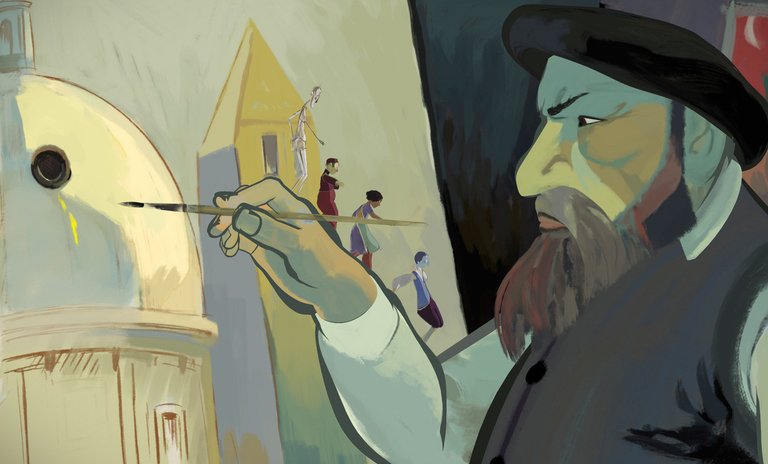
Do I need to say more? Isn't it enough to know this premise for one to already want to see this wonderful story that lasts just 76 minutes? Well, if you need a little push, I will tell you that the designs of the characters, the paintings and the sets include tributes to different iconic painters such as Pablo Picasso, Henri Matisse, Chagall and Modigliani. The Painting is a visual delight from start to finish.
¿Hace falta decir más? ¿No es suficiente saber esta premisa para que uno ya quiera ver esta maravillosa historia que dura apenas 76 minutos? Bueno, si les hace falta un empujoncito, les diré que los diseños de los personajes, los cuadros y los decorados, incluyen homenajes a diferentes icónicos pintores como Pablo Picasso, Henri Matisse, Chagall y Modigliani. The Painting es un deleite visual de inicio a fin.
But it's also a sensory, emotional feast and a stimulating debate on the most interesting topics. Love, tolerance, classism, tyranny, ignorance, control mechanisms, the power of the masses, individual freedom, the meaning of life, death, the responsibility of the creator towards his creation, self-realization, idealism, the meaninglessness of war, the spiritual search... there are so many notable phrases and scenes in the film that it would be worth dedicating a whole series of publications (or episodes of a Podcast) to analyze each one of them. The scene illustrated by one of the posters, the one in which we see Lola fly out of the canvas where she has always lived, is of exceptional beauty and significance, as is the sunset in Venice, Quill's fidelity to the memory of his friend Gum and that kind of epilogue or final sequence that becomes the fictional representation of what an encounter with God could be. If there was a creator of this world we inhabit, if religions were right and divinity was not only real but one could at some point talk to him, get to know him, wouldn't we like to ask him a few questions? The closing of The Painting is as beautiful as the rest of the film and I can only recommend it to everyone, especially lovers of art, lovers of animated films and those types of people who like ask themselves questions about their own existence, have any of you seen this movie? what did you think? I read you in the comments.
Pero es también un festín sensorial, emocional y un estimulante debate sobre los temas más intersantes. El amor, la tolerancia, el clasismo, la tiranía, la ignorancia, los mecanismos de control, el poder de las masas, la libertad individual, el sentido de la vida, la muerte, la responsabilidad del creador hacia su creación, la autorrealización, el idealismo, el sinsentido de la guerra, la búsqueda espiritual... son tantas las frases y las escenas destacadas que tiene el film que valdría la pena dedicar toda una serie de publicaciones (o episodios de un Podcast) a analizar cada una de ellas. La escena que ilustra uno de los posters, esa en la que vemos a Lola volar fuera del lienzo en donde ha vivido siempre, es de una belleza y una significancia excepcional, como también lo es el atardecer en Venecia, la fidelidad de Quill al recuerdo de su amigo Gum y esa especie de epílogo o secuencia final que viene a ser la representación ficcional de lo que podría ser un encuentro con Dios. Si existiera un creador de este mundo que habitamos, si las religiones tuvieran razón y la divinidad no sólo fuera real sino que uno pudiera en algún momento conversar con él, conocerlo, ¿no nos gustaría hacerle unas cuantas preguntas? El cierre de The Painting es tan hermoso como el resto de la película y no puedo sino recomendarla a todas las personas, especialmente a los amantes del arte, de las películas animadas y a ese tipo de personas a quienes les gusta hacerse preguntas sobre la propia existencia, ¿alguno de ustedes ha visto esta película? ¿qué les pareció? Los leo en los comentarios.
Reseñado por @cristiancaicedo
Other posts that may interest you | Otros posts que pueden interesarte:
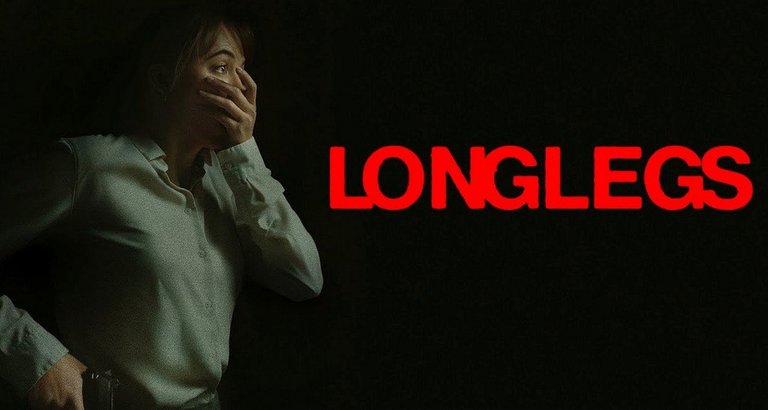 |
|---|
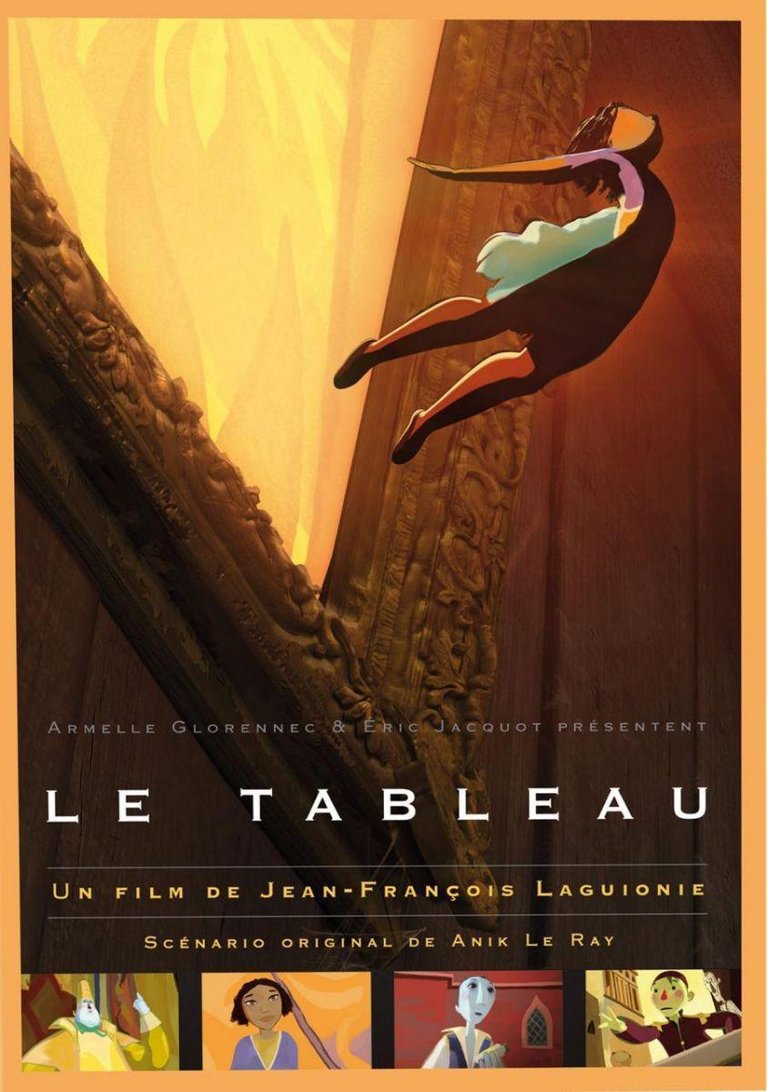
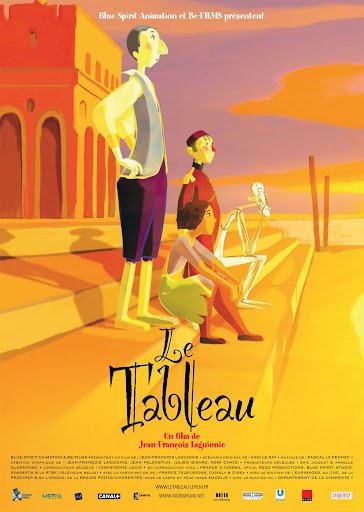


Wow, it looks great!! I'll watch it and tell you about it 😄
Anne-Sophie! what a pleasure hearing from you again! Thank you for reading my post and yes, please tell me all about it when you see Le tableau, I totally loved it. Greetings.
I won't miss it 😊 have a great day!
I watched it. I'm not disappointed, as I expected :)
The film is refreshing, I love the graphic style! The colours are beautiful, and the technique works well with them, unlike some films where the use of 3D clashes with the overall aesthetic.
The ending was my favourite part, very poetic and opening the door to philosophical questions :)
Thanks again for this recommendation, it's feeding my inspiration box to make my animated film 😊
Oh, what a marvelous thing to read! I'm glad you liked it, but I loved that the movie helped you feed that inspiration box of yours. I remember some of your works you showed me a few years ago and I have no doubt you're even more talented now. I'll be more than glad to see some of your work again someday and that idea about your own animated film sounds pretty awesome!
I also loved the ending because of that reason. It was a beutiful movie. Thank you for sharing your impressions with me. Greetings.
I've practised a lot over the years and I can indeed say that I've improved :)
However, I can't say that I've published a lot of artwork, as what I'm doing at the moment is more about practice and exercises than big creations :) And what I produce for my short film can't be shown at the moment 😌 But as soon as I can, I'm obviously going to show it all, and I can't wait to let you discover it all!
Good talking to you, have a nice day 😉